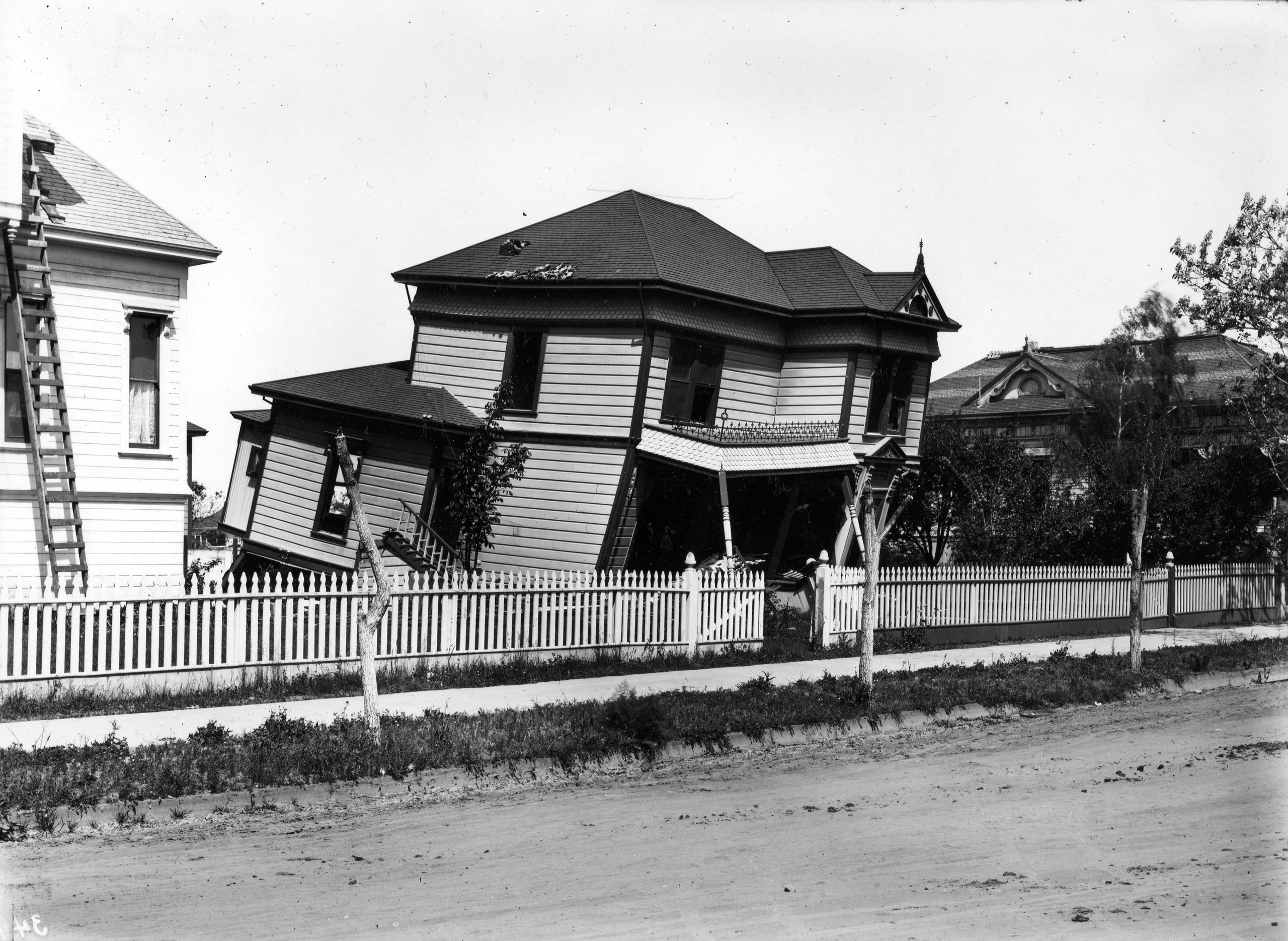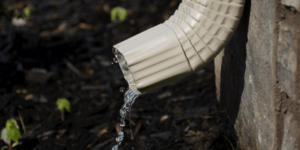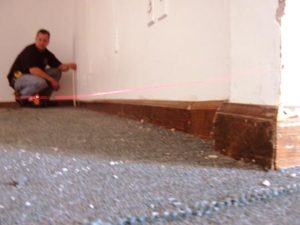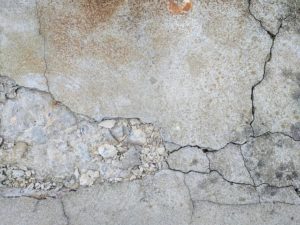
Is Your Foundation Failing?

Your foundation failing is a significant (and costly) problem in its own right. But left unaddressed, even relatively minor foundation damage can lead to much more extensive (and more expensive) repairs down the road.
Whether the damage you see is caused by changes in soil moisture content, weak native clay, or poorly compacted backfill, get your home back on solid ground through ECP’s nationwide network of certified contractors.
The best defense against escalating expenses is to scan for potential signs of foundation damage and address these issues as soon as they appear. These signs often manifest in other parts of the home, usually several levels above the underlying foundation.
5 Common Signs That Your Foundation Needs the ECP Touch

1. Cracked, crumbling, or compromised foundations
When doing routine property inspections, start with the foundation itself. Built to last, this underlying support should never show any noticeable signs of structural damage, including:
- Hairline fractures or cracks (vertical, horizontal, or zigzagging)
- Sloping, sagging, or buckling of foundation floors or walls
- Ruptures or gaps
- Crumbling or flaking (of the concrete)
- Moisture (including pooling water, mold, and stains)
Moderate wall and foundation cracks are typically 5-15mm long, equating to a width of .2″-. 6″.
More severe cracks are generally above 15mm (.6″) or less. If you discover that fractures are horizontal, this may mean that an excessive amount of water pressure is impacting your foundation.
Of course, some foundation cracks can be huge and grow to be 1-2″ wide or more extensive. When insects or water invade these cracks, they can weaken an already damaged foundation.
2. Water damage and soil shifting

Improper water drainage is one of the leading causes of foundation failure. When soil surrounding the home rapidly expands (during wet spells) and contracts (during dry ones), this can lead to unnatural soil shifting, which places tremendous pressure on the underlying foundation.
In addition to being a major cause of foundation damage, improper water drainage is a telltale sign that foundation failure has already occurred. Cracks in the foundation can redirect water to lower soil levels, resulting in excessive moisture buildup around the property.
Whether a symptom or cause, water damage requires immediate intervention. Fortunately, homeowners can check for potential signs of water damage by inspecting the soil around the property to see if it is:
- Unnaturally wet (assuming no rain has fallen recently)
- Unusually dry (following heavy rainfall or after watering the lawn with a garden hose)
However, water damage and improper drainage often exist in other parts of the home — sometimes hidden from view. In addition to doing a top-to-bottom inspection of the property, homeowners should also check for invisible leaks by:
- Shutting off all water-based appliances, fixtures, and faucets
- Noting the exact readout of the water meter
- Waiting six to 12 hours
- Checking to see if the water meter has changed
If a change occurs, leaks may exist behind the wall or underneath the floor. Call a plumber and foundation repair expert immediately — before the problem worsens.
3. Sagging floors and warped ceilings

Issues that originate in the foundation can sometimes appear in some of the home’s upper levels — often in the form of sagging floors or warped ceilings. Also, look for exposed gaps where interior walls are supposed to meet with each floor and ceiling.
Verify whether the slope is consistent on each floor and ceiling with a level tool. For a “low-tech” solution, grab any balls to see if minute gradients exist. The tennis ball should never move when placed randomly on every floor.
Foundation movement is something you’ll want to stop. Over time, floors that appear out of level by ½” or so may become uneven by 1-1/2″ -2″. To avoid hazards like this, have your foundation fixed as soon as possible.
4. Cracked, crumbling, or buckling walls

All properties settle with time — it’s only natural. Building materials are designed to “give” a little bit.
But excessive settling is another common sign of foundation failure, with the most obvious symptoms manifesting as cracks, buckling, and crumbling in the upper walls of the home.
Homeowners should routinely inspect all interior and exterior walls for:
- Cracks, fissures, warps, and shifts
- Crumbling and decay — especially with cement or brick façades
- Water damage (moisture, mold, and stains)
- Cracked joints
At ECP, our certified contractors in your community can conduct these inspections and show you the cracked or buckling walls, corners of the walls, pillars, joints, molding, and chimneys — all of which should be straight and flush.
5. Improperly Fitting Doors and Windows

All of the windows and doors throughout the home should fit snugly in place — neither too tight nor too loose.
Even when foundation damage isn’t to blame, homeowners should fix these problems immediately. Improperly fitting doors and windows often leads to uncontrolled heat loss and unusually high utility bills.
Don’t forget to include garage doors, HVAC vents, and attic windows when conducting these inspections.
Our Contractors Can Help
By scanning for these signs regularly, it’s possible to catch problems early and keep foundation repairs to a minimum while extending the lifetime of a property. Contact one of our certified contractors today!


